
Backyard Baseball
Backyard Baseball is a time capsule – a return to summer days, sandbox memories and the joy of hitting a bat through CRT speakers. Released in 1997 by Humongous Entertainment, this title brought the spirit of community baseball to personal computers in a way that no other sports game had before. With its mix of fictional kids and simplified controls, it set the foundation for a long-running series and created an entirely new category: sports games that didn’t take themselves too seriously.
Backyard Baseball Unblocked
Backyard Baseball Unblocked allows players to experience the charm of the classic neighborhood baseball game directly in a web browser, without downloads or restrictions. This version keeps the original gameplay intact—assembling teams of cartoon-style kids, taking turns at bat and in the field—while making it easily accessible at school or work. With quick matches, simple controls, and a nostalgic atmosphere, it offers a way to relive the game’s lighthearted competition anytime, anywhere.
A Simple Game With Unexpected Depth
Backyard Baseball combines the basic elements of traditional baseball with a lighthearted, cartoonish presentation. Rather than focusing on real teams or leagues, the game asks players to build their own lineup using a cast of animated neighborhood kids, each with their own strengths and quirks.
You don’t need to understand advanced baseball strategy to enjoy it. The controls are intuitive: a click to swing, a click to pitch, and just a few other simple commands. Yet beneath this surface lies a surprising level of tactical nuance. Choosing the right pitcher, positioning fielders, deciding when to bunt or go for a power hit—all of these choices matter. And the simplicity of the interface never gets in the way of making those decisions.
You could play a single match or commit to a full 14-game season, which culminates in playoffs and a championship. The longer format encouraged investment—not just in wins and losses, but in your chosen characters, your team name, and your personal story.
The Kids That Made It Legendary
At the core of Backyard Baseball’s enduring charm is its cast. These weren’t generic avatars. Each kid had their own style, stats, backstory, and even voice lines. Players quickly developed favorites, not because of performance alone but because of how these characters made them feel. Here’s a closer look at some iconic players:
Five Iconic Backyard Stars
- Pablo Sanchez – Universally recognized as the best player in the game. Though small and silent, Pablo could do it all: hit homers, steal bases, and strike out batters. He’s often called the “G.O.A.T.” of Backyard Sports.
- Kiesha Phillips – A powerful hitter and fierce competitor, Kiesha’s strength at the plate and in the field made her a favorite for players who wanted a serious slugger.
- Pete Wheeler – Fast, goofy, and always enthusiastic. Pete could turn a bunt into a double thanks to his unmatched speed, despite often misunderstanding game strategy.
- Achmed Khan – The game’s resident rocker. He played baseball with headphones on, smashing fastballs with rhythm and flair.
- Angela Delvecchio – A reliable pitcher with a composed attitude. She wasn’t flashy, but her stats made her a dependable asset for players who valued consistency.
Each kid had distinct strengths in four categories: batting, running, pitching, and fielding. More importantly, their personalities brought life to the game in a way few sports titles ever manage.
Modes, Mechanics, And Secret Surprises
The game offered several modes: Single Game, Batting Practice, and Season Play. While the basic premise was always the same—win by scoring more runs—the way players approached the game varied widely.
Gameplay was turn-based by design. The player alternated between batting and fielding, and everything was presented in a bright, two-dimensional perspective with overhead views of the field and zoomed-in batting action. Unlike modern simulations, Backyard Baseball didn’t emphasize precision realism. Instead, it provided:
- Catchy sound effects and music that reflected the playful mood
- Stylized visuals that emphasized fun over fidelity
- Custom team names and colors for personalization
- Announcers that cracked jokes and reacted to plays in real time
- A user interface simple enough for young kids to master in minutes
Hidden within this cheerful design were elements that rewarded curiosity. For instance, weather conditions affected how far the ball would travel, and some fields had quirky layouts (like the sandlot with random bumps that deflected balls).
Backyard Baseball 2001
Backyard Baseball 2001 expanded the series by blending its original cast of neighborhood kids with real Major League Baseball players reimagined as children. This version introduced enhanced graphics, more diverse fields, and refined gameplay mechanics while keeping the same accessible, fun-first approach. Players could draft both fictional favorites like Pablo Sanchez and young versions of pros like Sammy Sosa, creating unique lineups that brought imagination and baseball together in a way no other game had done before.
From Fictional Heroes To Real-World All-Stars
In 2001, the series took a bold step by integrating real Major League Baseball players—reimagined as kids. Stars like Alex Rodriguez, Sammy Sosa, and Ken Griffey Jr. appeared as part of the in-game roster, wearing oversized hats and tiny cleats but maintaining their real-world reputations.
This fusion of imagination and reality gave players the freedom to build dream teams: mixing Pablo Sanchez and Chipper Jones on the same lineup was something only Backyard Baseball could offer. Yet even with pros on the field, the original kids remained popular—proof that the series had created something truly iconic.
As the series expanded, later versions added more features:
- Enhanced graphics and full-screen support
- Power-ups like “Undergrounder” and “Crazyball”
- Voiceovers with richer dialogue
- New stadiums and themed fields
- Console versions for PlayStation, GameCube, and Game Boy Advance
Still, many fans hold the original 1997 version in the highest regard, citing its simplicity and balance as unmatched.
Cultural Impact And Enduring Legacy
Backyard Baseball didn’t just entertain—it shaped childhoods. For many millennials, it was the first introduction to baseball, teamwork, and the idea of managing a group toward a common goal. It taught patience, timing, and strategy—all in a friendly, humorous wrapper.
The game left a significant cultural footprint. Pablo Sanchez has become a meme-worthy figure of digital athletic greatness. Retrospectives, YouTube tributes, and Reddit threads keep the memories alive. In an age of microtransactions and hyperrealistic sports sims, Backyard Baseball remains a powerful example of how games can be fun, inclusive, and imaginative without needing complex mechanics or licensing deals.
In 2015, there were attempts by fans to recreate or emulate the game using modern tools. While licensing issues have made re-releases difficult, interest remains high, and the community around the game continues to thrive through mods, ROM hacks, and online tournaments.
Why It Still Matters
Backyard Baseball succeeded because it offered something timeless: a simple idea executed with heart. It didn’t try to be a simulation. It wasn’t built for competition. It was made to let anyone, regardless of age or ability, enjoy the feeling of playing ball.
Its design choices—short games, expressive characters, clean UI—were ahead of their time. Even today, it’s easy to imagine a version of Backyard Baseball launching on mobile devices and gaining massive popularity. Its core gameplay loop is perfect for quick play sessions, while its characters still carry nostalgic weight for older players.
In classrooms, libraries, and living rooms across the world, kids played not to win, but to have fun with Pete Wheeler, Angela Delvecchio, and the rest of the crew. That emotional bond, built through gameplay, is the reason Backyard Baseball continues to live on.
A Game That Hit a Home Run
Backyard Baseball was memorable because it was fun and made the players feel like they were part of something. Whether building the perfect team, winning the championship, or laughing at the funny voice lines, every player took something away from the experience. It offered a personal journey—one that millions of players still recall with warmth.
In the world of sports games, where realism often overshadows creativity, Backyard Baseball carved its own path. And it did so with nothing more than a mouse, a handful of characters, and the joy of neighborhood play.
All free games for you


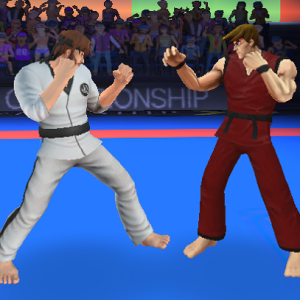


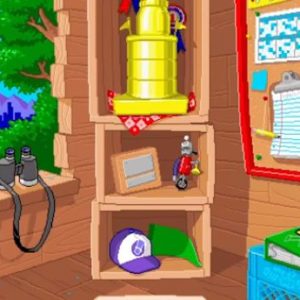
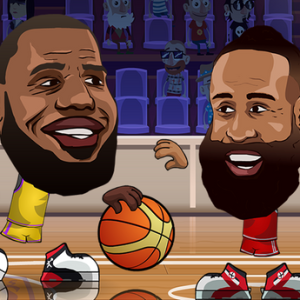


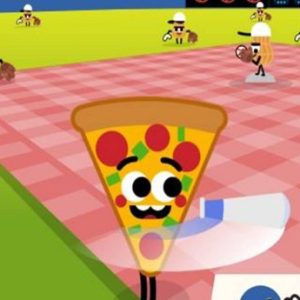



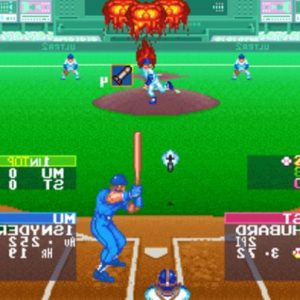
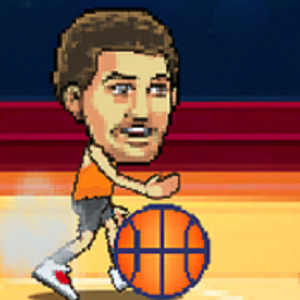


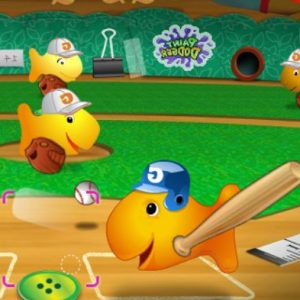


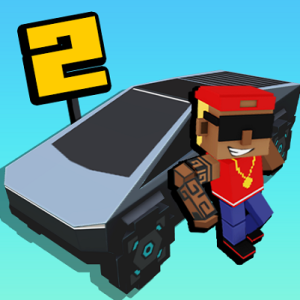
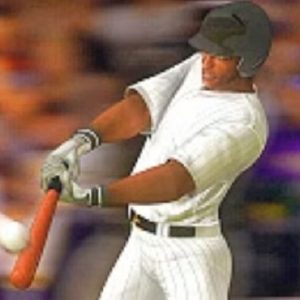

test